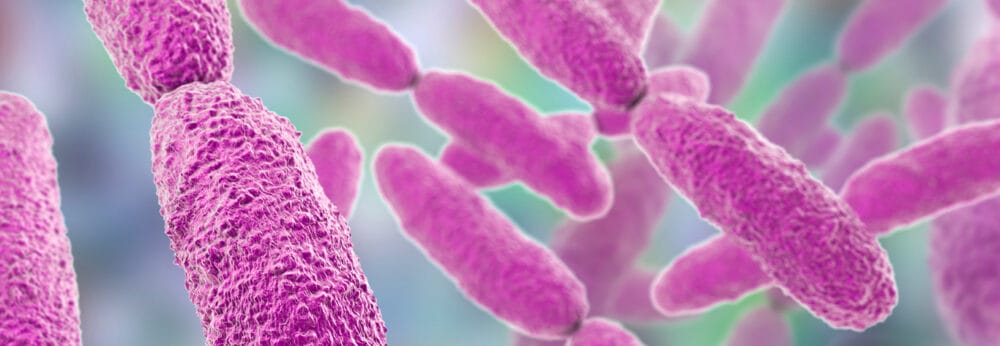Posts Tagged ‘Gram-negative’
Update: Briefing on ESBLs, CPEs, & other antibiotic-resistant Gram-negative bacteria
We originally wrote this post in 2015 as a briefing on various antibiotic resistant bacteria. It’s one of the most popular articles on the blog, so time for an update! Read on to discover more about “antibiotic-resistant Gram-negative bacteria” and why resistant Enterobacterales are a real cause for concern. What are “antibiotic-resistant Gram-negative bacteria”? There…
Read MoreInfection Prevention 2016: a bug’s eye view
Another IPS conference has been and gone, and what a lot of fun and learning to be had! New research published, new products launched, and new contacts made – all in a few days in sunny Harrogate. Several of the lectures were outstanding: Prof Gary French on the ‘swing’ away from antibiotic-resistant Gram-positive bacteria towards…
Read MoreShocking news about chlorhexidine
There is some evidence that passing electricity through a biocide enhances its biocidal activity – a so-called ‘bioelectric effect’. At the molecular level, biocidal activity depends on some sort of chemical interaction at a molecular level. Things tend to happen more quickly in chemical reactions when you add more energy – to a point. And…
Read MoreEvidence of source control for XDR Acinetobacter outbreak management grows
There is a steadily growing body of evidence that chlorhexidine washcloths can be effective in controlling multi-resistant Gram-negatives. Hot on the heels of a paper that demonstrated the effectiveness of the in controlling spread of Acinetobacter in a critical care unit1 comes a further paper relating to a hospital-wide outbreak of multi-resistant Acinetobacter. A new paper2 from Gray…
Read MoreCould a daily squirt of quat improve hospital hygiene?
A study from China has evaluated the impact of a daily spray of a QAC polymer as an adjunct to wiping with bleach. The study was performed on a ward with some MRSA-positive and MRSA-negative. The study design was neat, with bed spaces sampled at 0800 and 1200, with or without the application of the QAC polymer…
Read More

